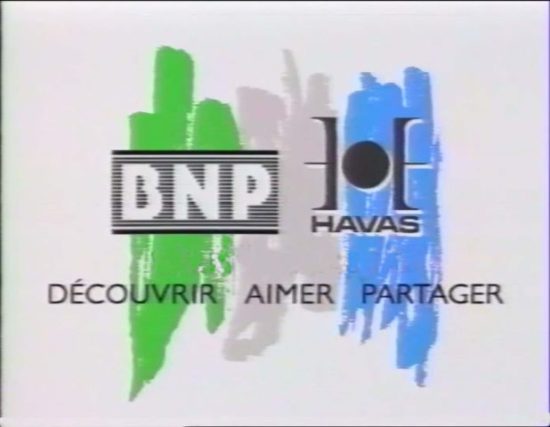The original communication of the BNP on the Barnes exhibition (1993-1994)

From September 1993 to January 1994, the BNP supported the Barnes exhibition. The collections were hosted at Musée d’Orsay in Paris. This ambitious project resulted in a large communication campaign to make the public familiar with the masterpieces.
“Exceptional project for an exceptional exhibition”
BNP had been a large patron of museums in France since 1984. It was involved in numerous cultural projects and had already financed a number of exhibitions. But none on such a scale.
In those days, it was customary for patrons in France to remain fairly discreet. But the Barnes exhibition brought works together that had never yet been shown outside of the Foundation’s walls. To introduce them to the French public, BNP set up a large communication campaign. According to Minister of Culture Jacques Toubon, it was “the most important corporate philanthropy operation yet devoted to a single event in visual arts” (Les Echos, 15/06/1993).
The impact of an efficient communication campaign
Besides the usual communication channels, such as naming patrons on exhibition catalogues, a couple of innovations accompanied this particular patronage:
– the first was a joint design that combined the two names. Large brush strokes evoked the domain of fine arts. The motto: “Discover, Love, Share” was emphasised. The emblem was posted at each event and gave them considerable visibility.

– the second innovation was the production of a series of five video clips of two minutes each. Starting in September, each told a particular story related to one of the paintings in the exhibition (history of the painter, the model, the art merchant…). These were broadcast on the France 2 and France 3 television channels in order to widen the audience.
The impact of the communication was immediate: 53% of all French people heard about the exhibition.
It was an ambitious project, but one that matched the exceptional nature of the event. Besides, this kind of cultural aid was perfectly in line with the bank’s vision of patronage. It was particularly important for them to promote equal access to culture. The bank thereby confirmed its label as a “citizen bank”.
Inspired by the success of the exhibition, a “BNP for Art” programme was brought to life. Its aim? To facilitate the restoration of masterpieces of painting. A way for the bank to apply its commitment over the long term. In terms of patronage, the Paribas Foundation had adopted the same approach as BNP, and was particularly involved in promoting culture. The bank on the Rue d’Antin for instance launched the photo book collection Musées et monuments de France in 1987. When BNP and Paribas merged in 2000, “BNP for Art” became “BNP Paribas for Art”, which would go on to reinforce the Group’s commitment to culture.
Partager cette page








